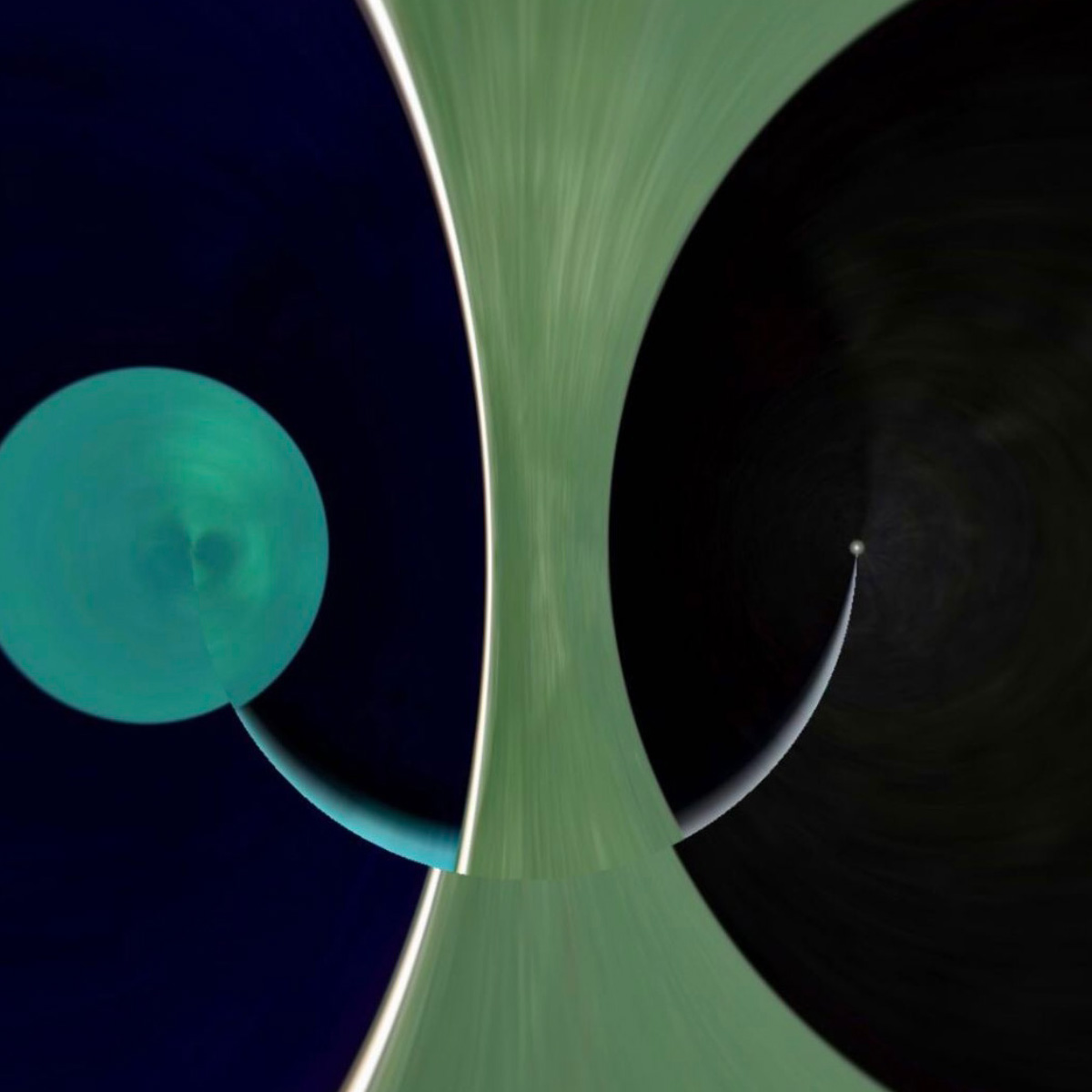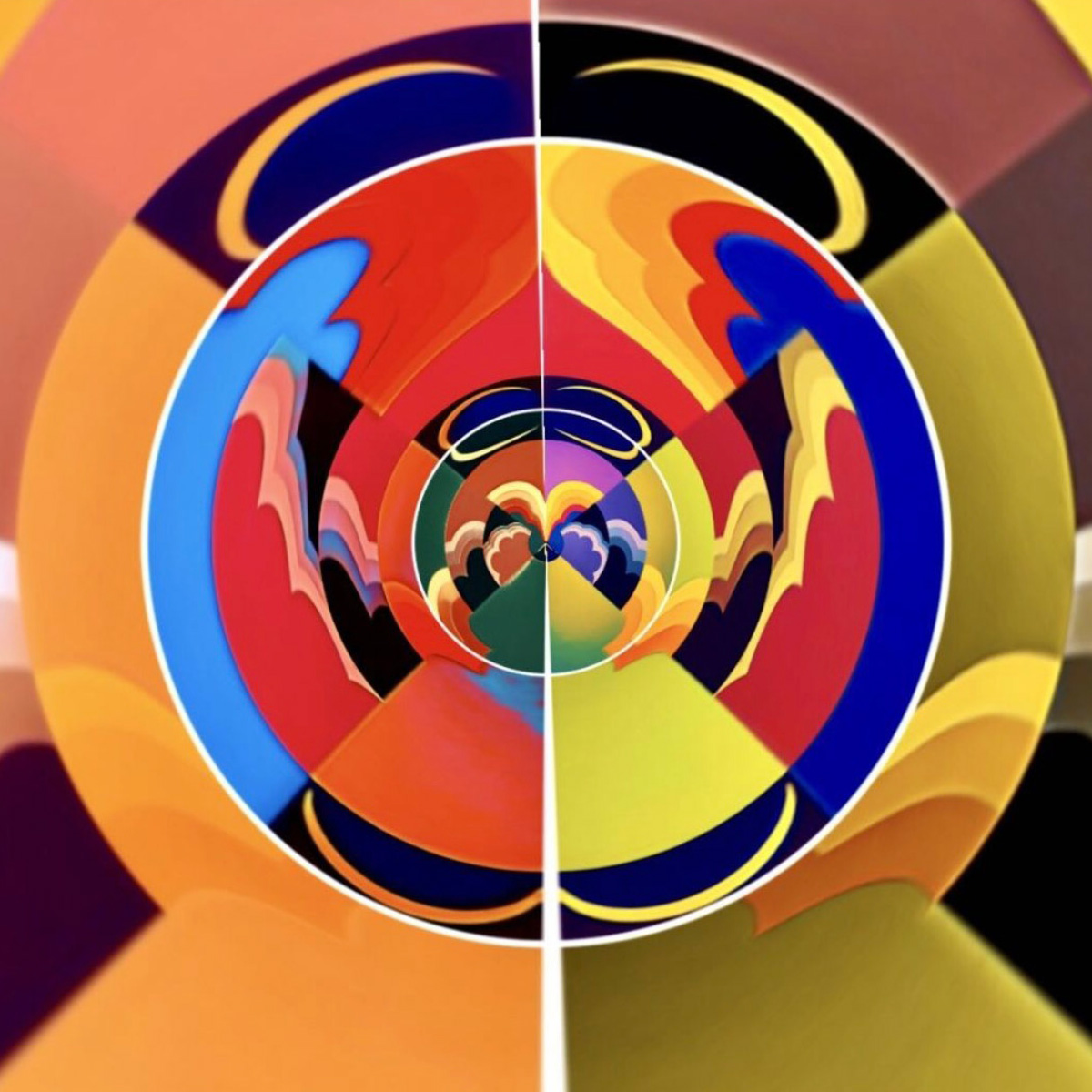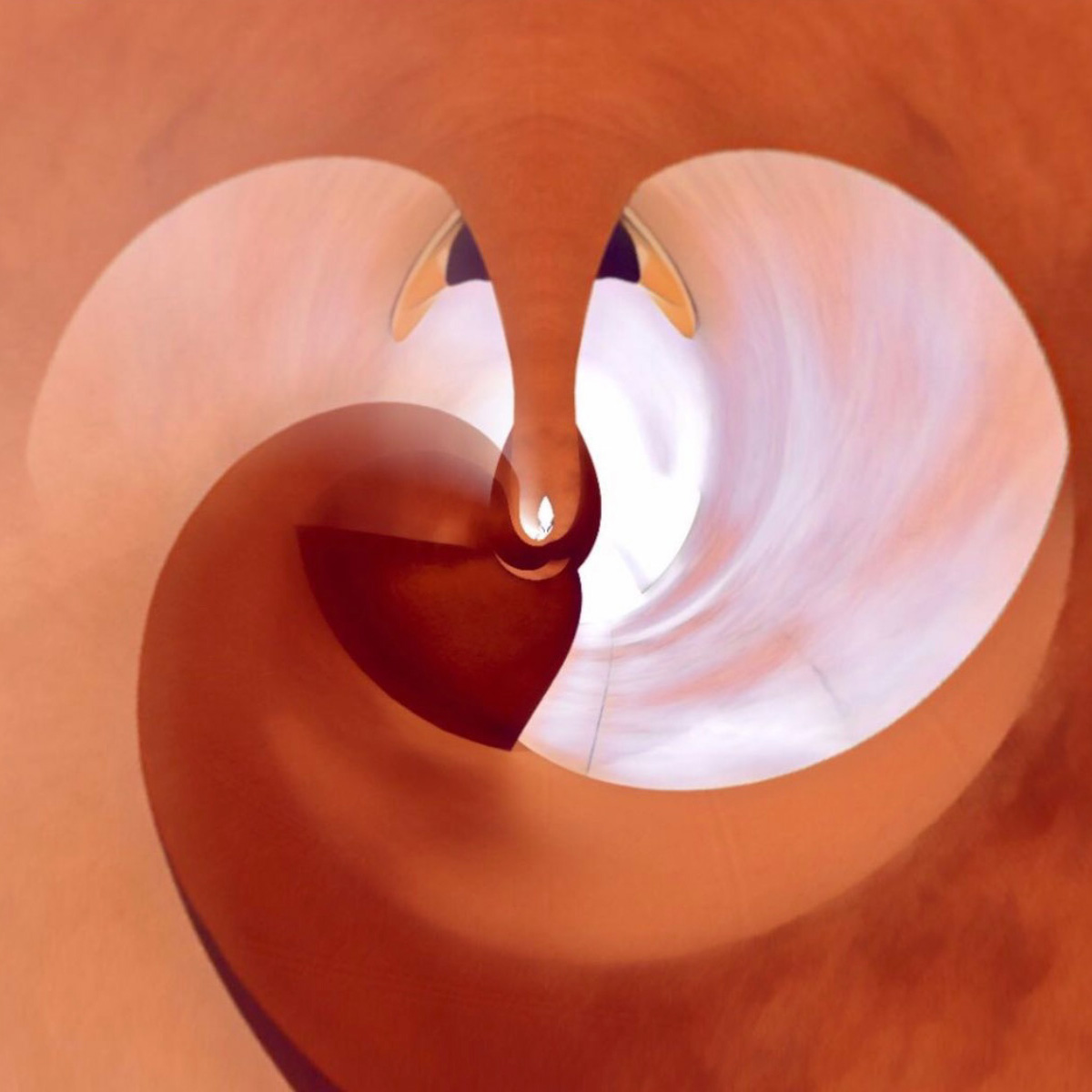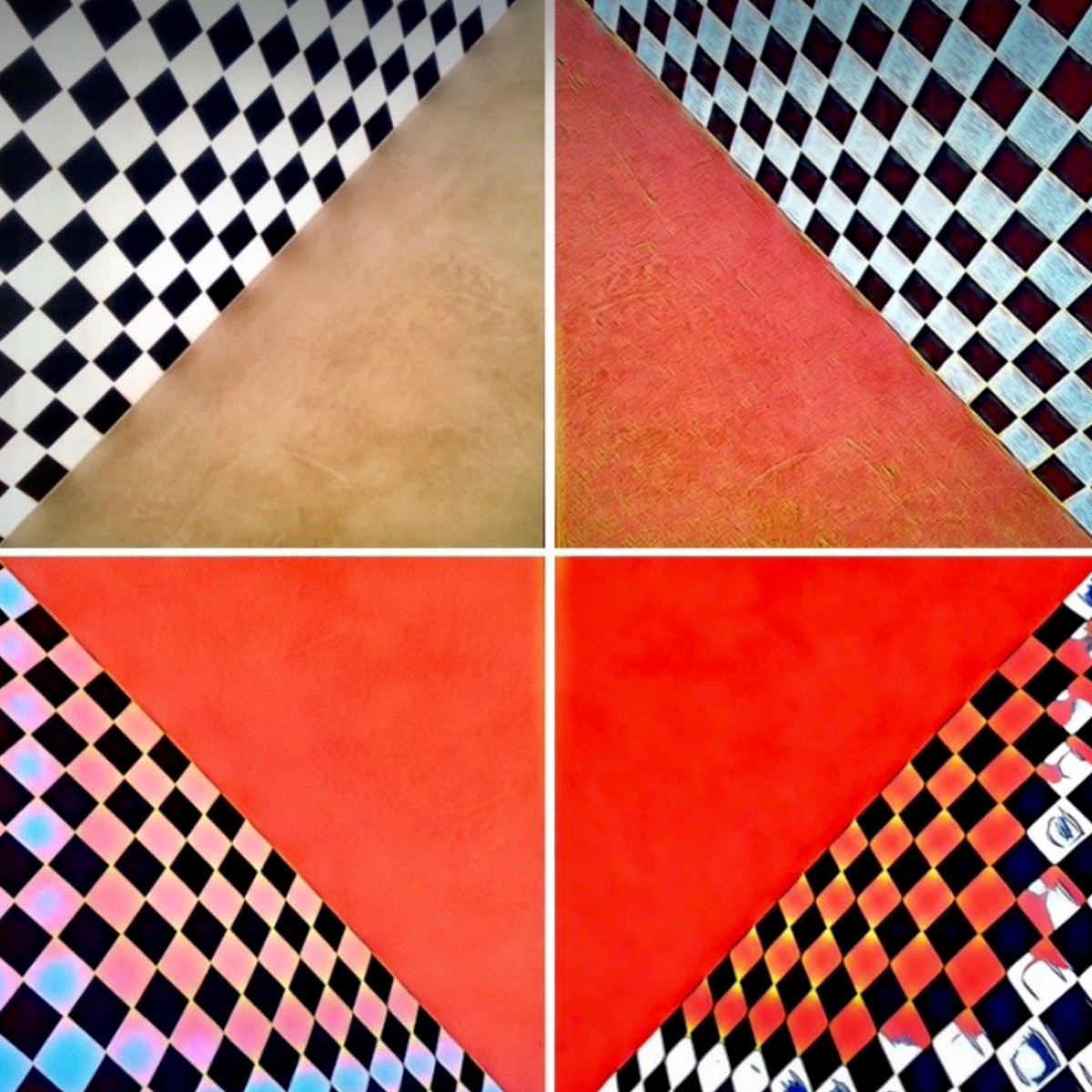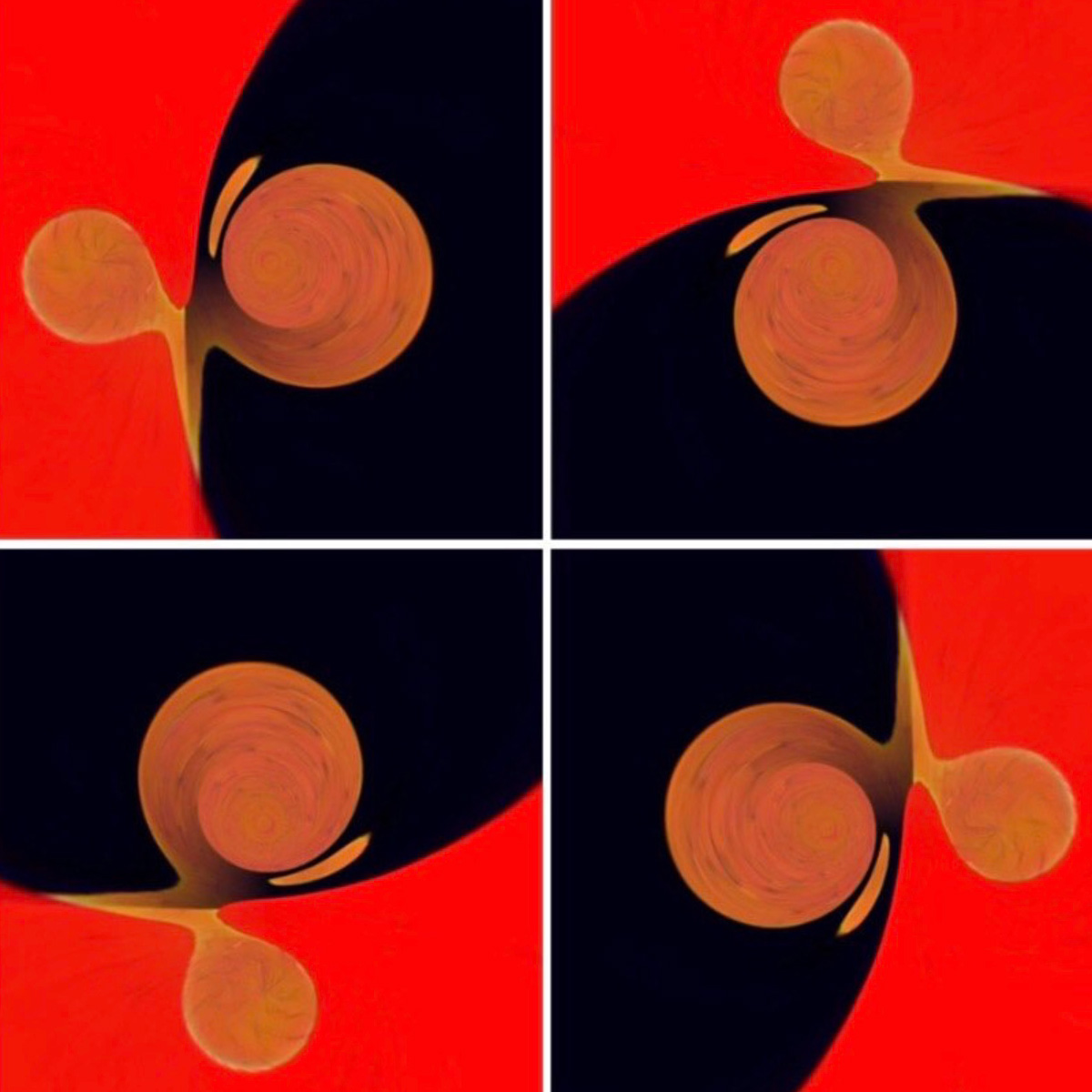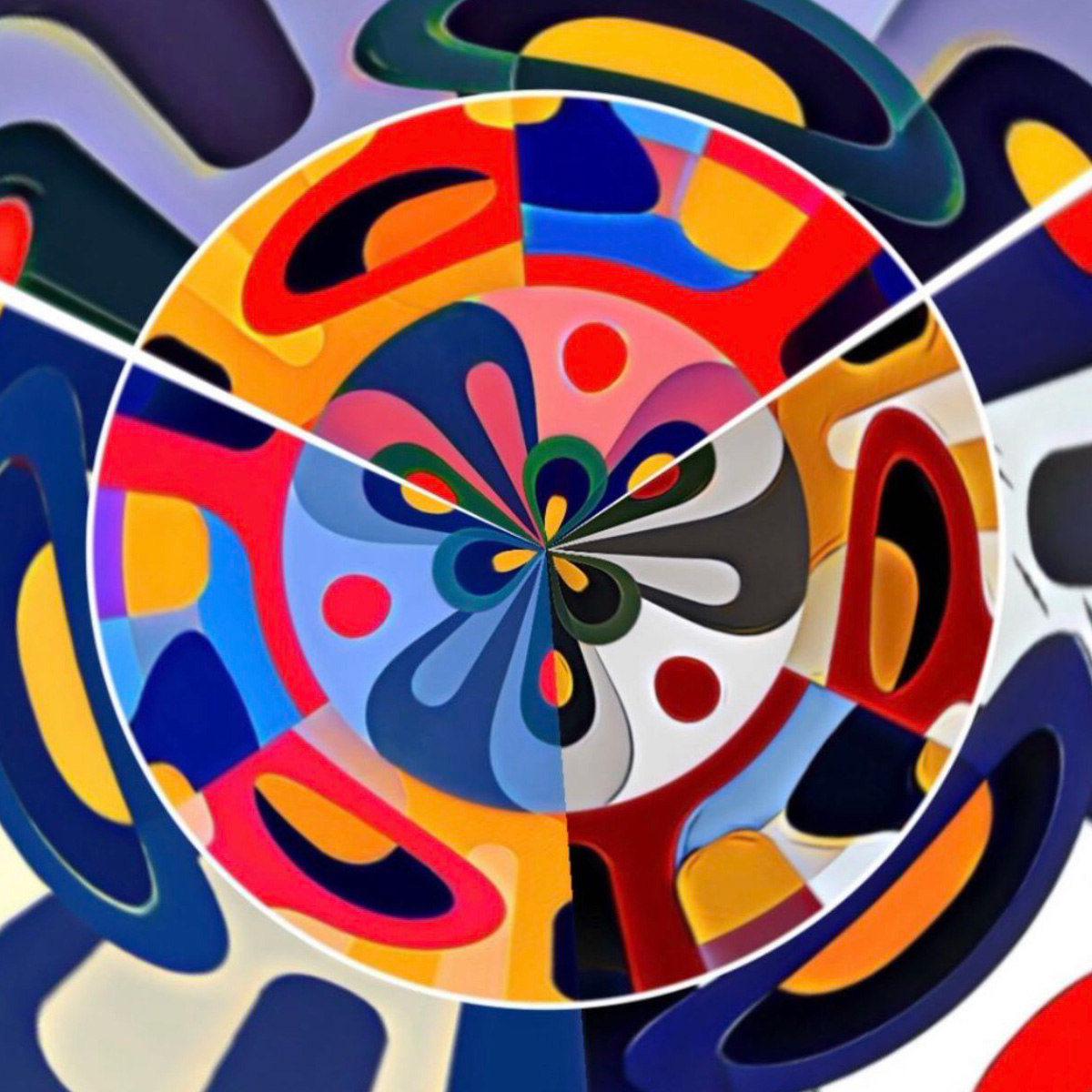Belanopek
Biography on the virtual artist Pyotr Alexis Belanopek is scant. The sometimes scandalous painter, bon vivant, interpreter and confidant, was born on the leper’s island of Molokai, Hawaii, in 1896, to aristocratic parents from Buda in the heart of the Austro-Hungarian Empire (although there is a rumour his father was a Cheyenne Indian).
He attended the Sorbonne and Heidelberg University studying languages and is said to have spoken at least 20 fluently and as many more « sufficiently enough to cadge a meal and ask the way to the nearest brothel » (Joyce).
He fought in both World Wars, switching sides as his ancestral estates were swallowed up in the fighting, then lived abroad for some years (where?), before surfacing in Paris in the late 50’s as an impoverished White Russian taxi driver.
Paintings from this period, mainly gouache on thick parchment, can still be found on the Boulevard St. Germain and turn up infrequently at auction (Drouot). He knew and served in different capacities an astonishing list of famous men from Mahatma Gandhi to the Nizam of Hyderabad, Albert Schweitzer to Marcel Pagnol and marched with Bertrand Russell to Ban the Bomb in London. His exile to Sicily for a quarter of a century ended with the fall of the Berlin Wall in 1989, the collapse of the Soviet Union and the subsequent restitution of the astonishing number of 144 despoiled castles, palaces, chateaux forts, and assorted estates in the former Hungary, Poland, Czechoslovakia, Austria and Bulgaria, to which he had/has title. His return to Budapest incited a riot as the monarchists tried to have him crowned. Under house arrest he resumed painting and writing screenplays, a career he had briefly enjoyed in the 30’s (« Queen Christina », « For the Heart of Daisy White », « Alias, Me » etc.). He is the subject of « Un Dolce Suggerimento », a fictional account of his war with the Mafia.
He coined the term « Virtualism » to describe the many thousands of pictures of clouds he has captured and he has been an early champion of giclée (a neologism for fine art digital prints) to make affordable art. His one-off Mandalas, rumoured to number over 16,000 individual pieces, are sought after rarities. Despite a unique and varied body of work, his near-manic insistence on privacy has kept him far from the mainstream of Art.
His whereabouts today are unknown (dead?).


